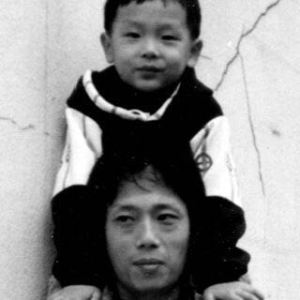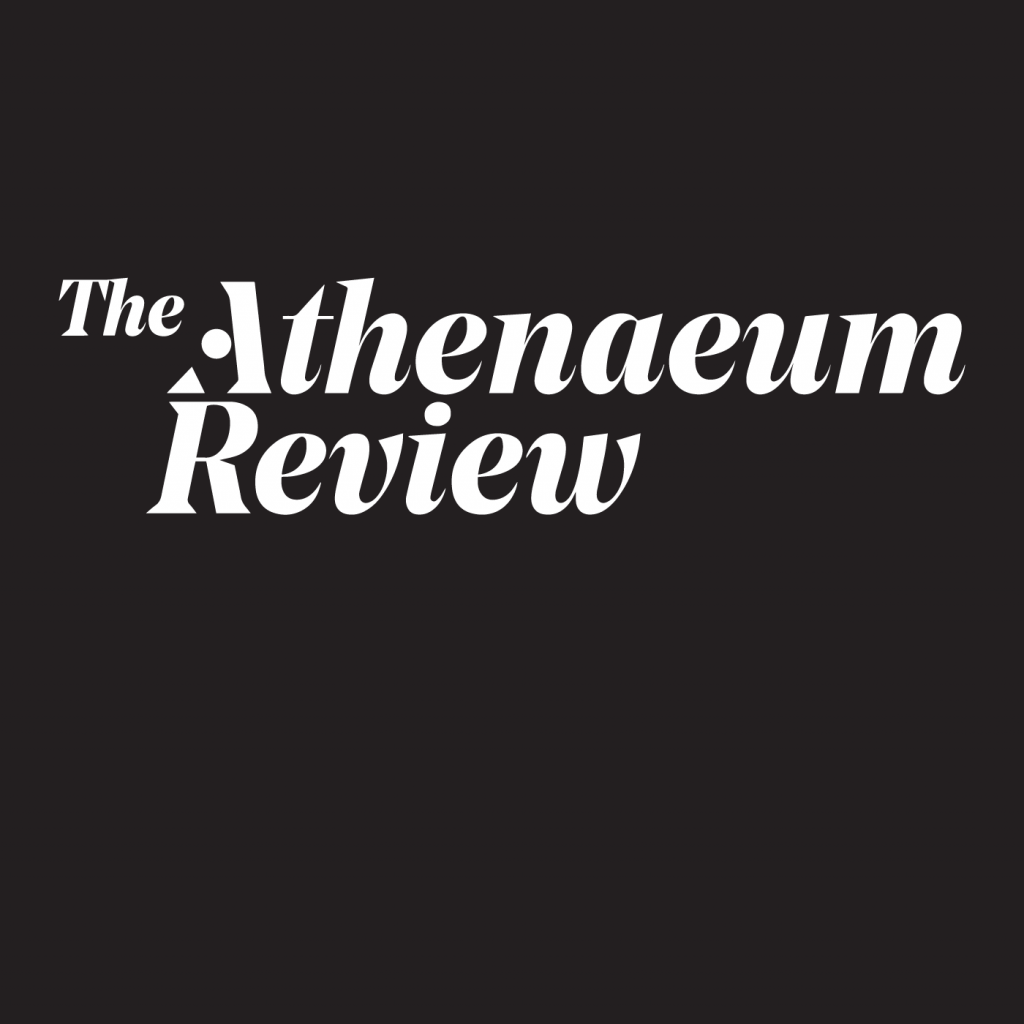Hu, Jieming: Social Media Observation & Art Space Manipulation / 胡介鸣:媒介中的社会观察与艺术的空间操纵
普通话 [Mandarin]

Jieming Hu is one of the pioneering artists of digital media and video installation art in today’s China and is currently the chair of the academic board at the School of Fine Arts at the Shanghai Institute of Visual Arts.
This episode covers topics including early Chinese media art practices in the background of social changes, his thinking about media culture as reflected in his artworks, artistic exploration into time and life, manipulation of installation spaces via smell, sound and light, etc.
The 1980s and 90s saw a transition in the living condition of Chinese people which was reflected in the media. In contrast with the information exploration of the Internet Age, TV used to be the only information resource for Chinese people with only 12 channels. Being sensitive to the social change of the times, the first period of Hu’s art creation focused on questioning the relationship between media, popular culture and people, such as taking snapshots from the 12 TV channels and making them into a synthesized visual experience of a labyrinth, juxtaposing pictures of Coke cans, Pepsi bottles and red flags to create an ironic new version of the “Raft of the Medusa,” etc.
In the years following 2000, Hu’s works turn more “inwards” into the exploration of the issue of time and memory. For example, his installation work Dozens of Days and Dozens of Years (2007) displays a set of furniture pieces decaying 4000 times faster than normal decaying speed with chemical and optical facilities, thus directly presenting the power of time and the fragility of life. When discussing the on-site affection of an artwork, Hu mentioned his long interest in the documentary of the animal world, and how he incorporates these primitive sensorial arousing elements including subtle changes in smell, sound and light into the construction of his artwork. The episode then ends with a discussion of Hu’s twofold solo exhibition with Jeffery Shaw: how the parallel presentation of the two art pieces gives a strongly contrasting effect and play between “showing” and “hiding”, “presence” and “absence”, and thus also exemplifies a particular Chinese way of artistic exploration into new media.
Thank you for listening and please don’t hesitate to contact me via duansiying@gmail.com if you would like to learn more about the details of the conversation or have any suggestion.






